
SEAT Ibiza Hatchback (2008-2017) engines, drive and performance
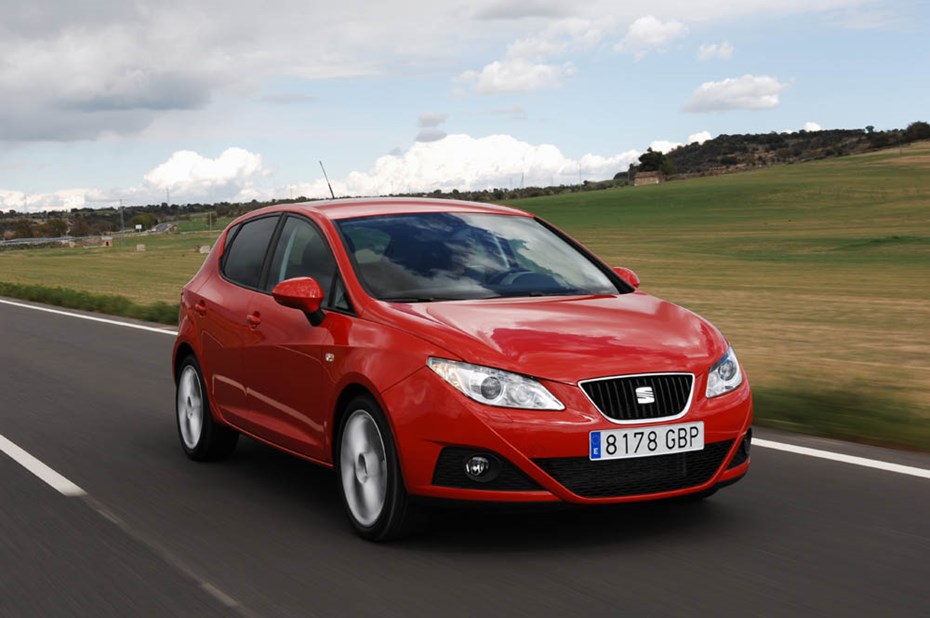
- Strong range of petrol and diesel engines
- Smaller units for standard trims, larger ones in sporty FR cars
- Automatic gearbox is FR-only, diesel auto only available on estate
SEAT Ibiza performance is strong thanks to a comprehensive range of petrol and diesel engines – there is something to suit everyone’s preference and budget.
Petrol engines
Standard petrol engines include a 1-litre three cylinder unit with two power outputs and a 1.2-litre with 89bhp.
The smaller engine is naturally aspirated and comes with 74bhp, and is also used in the SEAT Mii. It’s fine around town but lacks the get-up-and-go of the smaller city car, with a 14.3 second 0-62mph time, and is a bit strained on a faster road. It’s cheap to buy but economy lags behind the more powerful units with 54.3mpg and 118g/km.
Turbocharged 1- and 1.2-litre EcoTSI engines offer a better balance with 94bhp and 89bhp respectively. They both have 160Nm of torque, a 0-62mph time of just under eleven seconds, and are more willing to rev than the base petrol with a better spread of power.
The three-cylinder unit has a more characterful sound and is cheaper to run thanks to 68.9mpg and 94g/km, making it the most economical petrol engine. The 1.2-litre is a close second with 57.6mpg and 116g/km, but is the fastest standard unit by a couple of tenths.
Diesel engines
Here you have the choice of one engine, a 1.4-litre unit with 74bhp, in either standard or Ecomotive guise.
Unsurprisingly the latter, which benefits from start/stop technology, an energy recovery system and aero pack, is the most efficient in the Ibiza range, with a frankly baffling 83.1mpg and 88g/km on offer.
It takes 13 seconds to go from 0-62mph, one tenth slower than the standard version, which promises a respectable 74.3mpg and 101g/km
This diesel unit feels a bit more flexible than the base petrol despite having the same power, due to the fact it offers double the torque at half the revs. It’s quiet on a cruise but a bit noisier and wheezy at the top-end.
Gearboxes
All of the above engines come with a five-speed manual gearbox which, following VW Group tradition, is light and easy to slot into its ratios. There was a bit of a notchy feel to the cars we tested, but these had covered very few miles.
If you want the seven-speed automatic DSG gearbox you’ll have to pick an FR spec car, and if you want an automatic diesel you’ll need the estate version.
FR version
The more powerful engines are only available in the sporty FR and FR Red Edition trims, which are covered in a separate review.
These include the 1-and 1.2-litre petrols with 108bhp, plus the 1.4-litre with 148bhp, and 1.4-litre diesel with 104bhp.
A wider stance and slightly longer wheelbase, combined with lower weight than on the previous version of the Ibiza makes this model feel more agile and responsive on the road.
Now measuring more than four metres long – in common with the contemporary Vauxhall Corsa, Renault Clio, Peugeot 207 and Fiat Grande Punto – the Ibiza is a more visibly imposing car, but it hasn’t compromised how it feels to drive.
It’s still one of the more engaging cars in this class when on a twisty road, with good body control and a composed ride. The light steering is lacking a little feel but is precise and pretty direct.
In 2015 the chassis was updated with speed sensitive electric steering and re-tuned springs, dampers and anti-roll bars. As an option SEAT Drive Profile enabled adaptive damping in either comfort or sport mode.


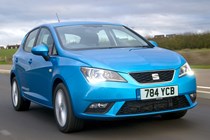
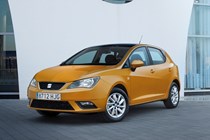
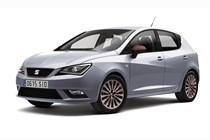
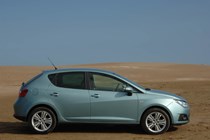
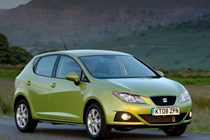
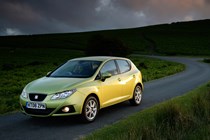
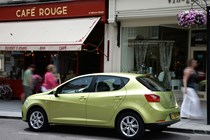
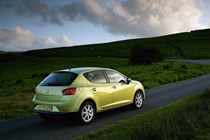

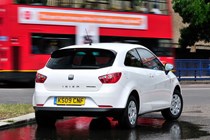
.jpg)
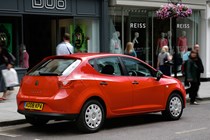
.jpg)
.jpg)
.jpg)
.jpg)
.jpg)
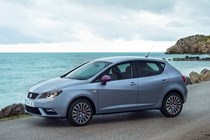

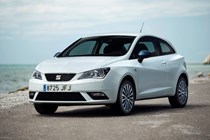

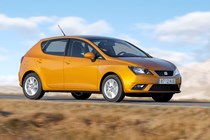

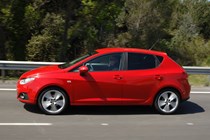

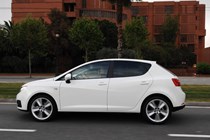
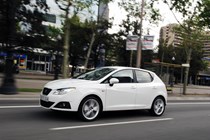
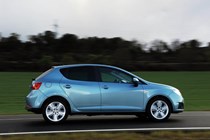
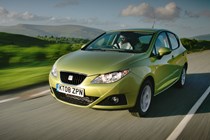
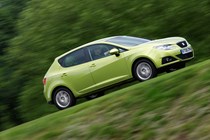
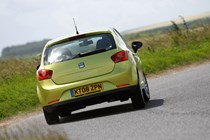
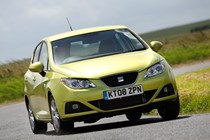
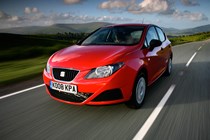
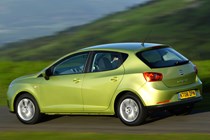
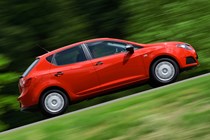

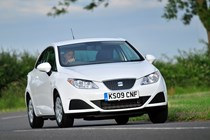
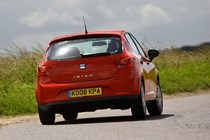

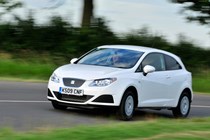
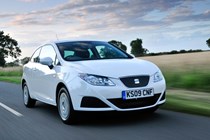
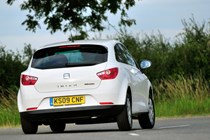
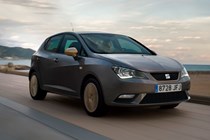
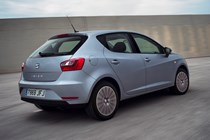
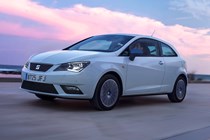
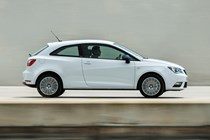
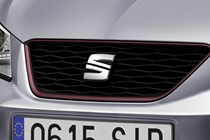
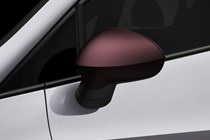
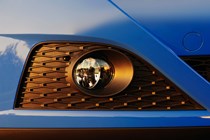
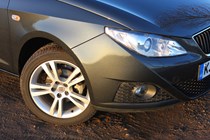
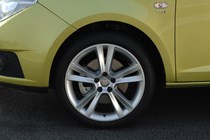
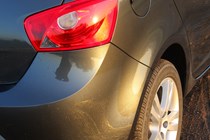
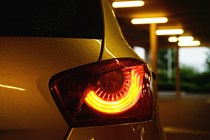
.jpg)
.jpg)
.jpg)
.jpg)
.jpg)
.jpg)
.jpg)
.jpg)
.jpg)
.jpg)
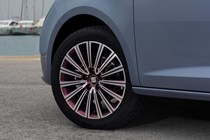
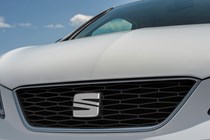
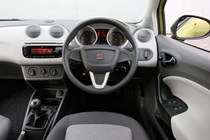
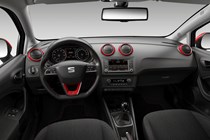
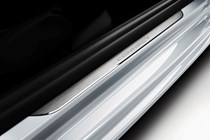
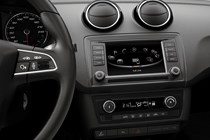
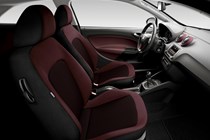
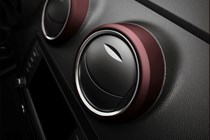

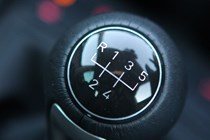
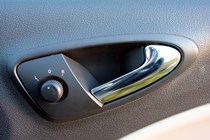
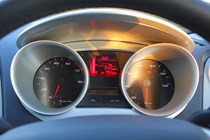
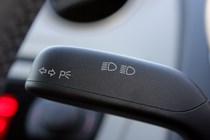
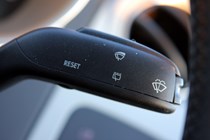
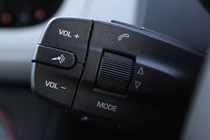
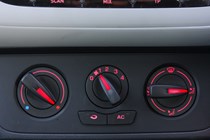
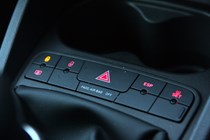

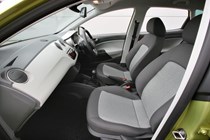

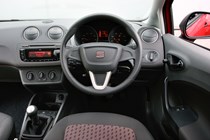
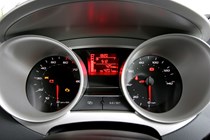
.jpg)
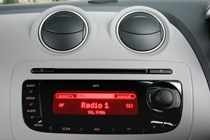
.jpg)
.jpg)
.jpg)
.jpg)
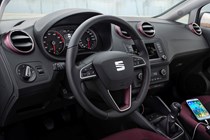
.jpg)
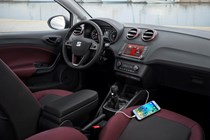
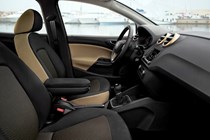
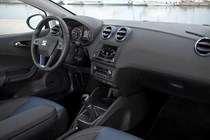

.jpg)
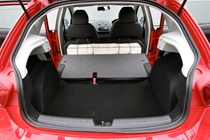

.jpg)
.jpg)
.jpg)
.jpg)
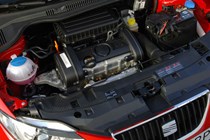
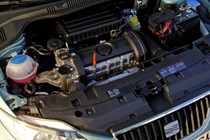
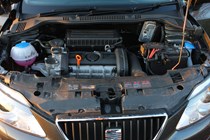
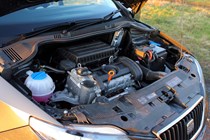
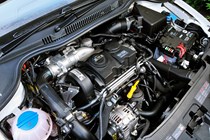
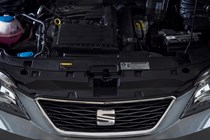
.jpg)
.jpg)












.jpg?quality=50)

.jpg?quality=50)
.jpg?quality=50)
.jpg?quality=50)
.jpg?quality=50)
.jpg?quality=50)




































.jpg?quality=50)
.jpg?quality=50)
.jpg?quality=50)
.jpg?quality=50)
.jpg?quality=50)
.jpg?quality=50)
.jpg?quality=50)
.jpg?quality=50)
.jpg?quality=50)
.jpg?quality=50)






















.jpg?quality=50)

.jpg?quality=50)
.jpg?quality=50)
.jpg?quality=50)
.jpg?quality=50)

.jpg?quality=50)




.jpg?quality=50)


.jpg?quality=50)
.jpg?quality=50)
.jpg?quality=50)
.jpg?quality=50)






.jpg?quality=50)
.jpg?quality=50)